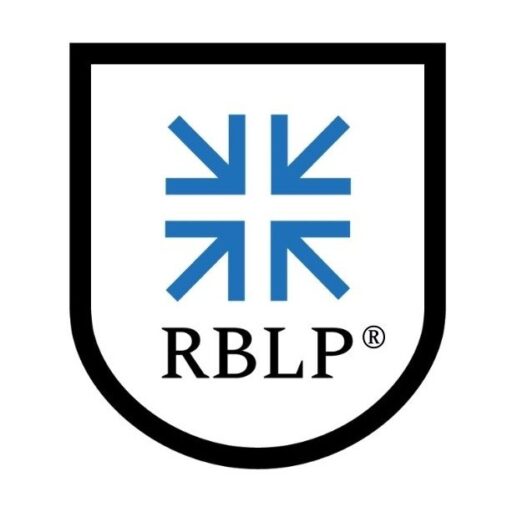Is the RBLP Leadership Certification for me? When people think about earning certifications, the motivation is often straightforward: they want to get a job or get promoted. In a competitive job market, employers are looking for more than technical knowledge – they want leaders who can build strong teams, foster resilience, and deliver results under …
Does the GI Bill pay for RBLP Leadership Certifications?
Does the GI Bill pay for RBLP Leadership Certifications? Get Reimbursed The RBLP, RBLP Coach, and RBLP Trainer certification exams are all approved for reimbursement under the following GI Bill benefit programs: Use these partially pre-filled VA Form 22-0803 forms to get reimbursed for exam fees: Email support@rblp.com if you would like assistance with preparing …
Follow these Steps to use Marine Corps COOL
Follow these Steps to use Marine Corps COOL Get Certified | Get a Job | Get Promoted Hundreds of Marines have earned one of the RBLP Leadership Certifications since 2020. Connect with them on LinkedIn by searching RBLP, click the People tab, click Current company and enter U.S. Marine Corps. Step 3. Purchase exam prep …
Follow these Steps to use Navy COOL
Follow these Steps to use Navy COOL Get Certified | Get a Job | Get Promoted Hundreds of Sailors have earned one of the RBLP Leadership Certifications since 2020. Connect with them on LinkedIn by searching RBLP, click the People tab, click Current company and enter U.S. Navy. Step 3. Purchase exam prep training from …
Follow these Steps to use Air Force COOL/CA
Follow these Steps to use Air Force COOL/CA Get Certified | Get a Job | Get Promoted Step 1. Hundreds of Airmen have earned one of the RBLP Leadership Certifications since 2020. Connect with them on LinkedIn by searching RBLP, click the People tab, click Current company and enter U.S. Air Force. Step 2. Our …
- 1
- 2
- 3
- 4
- Next Page »
